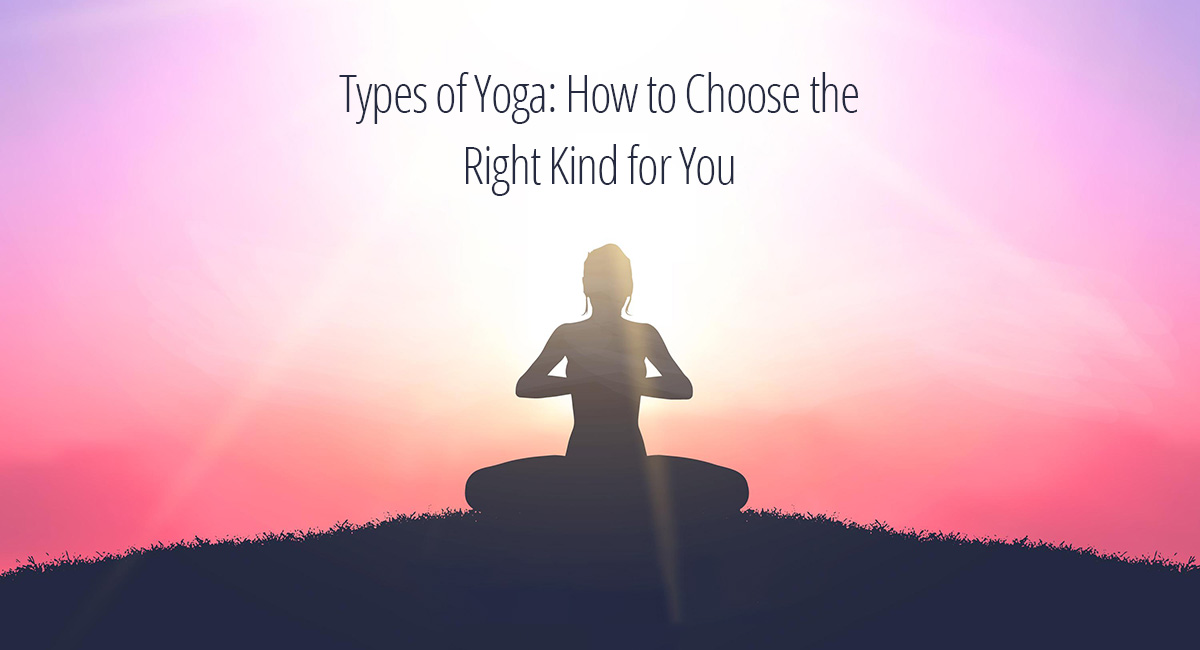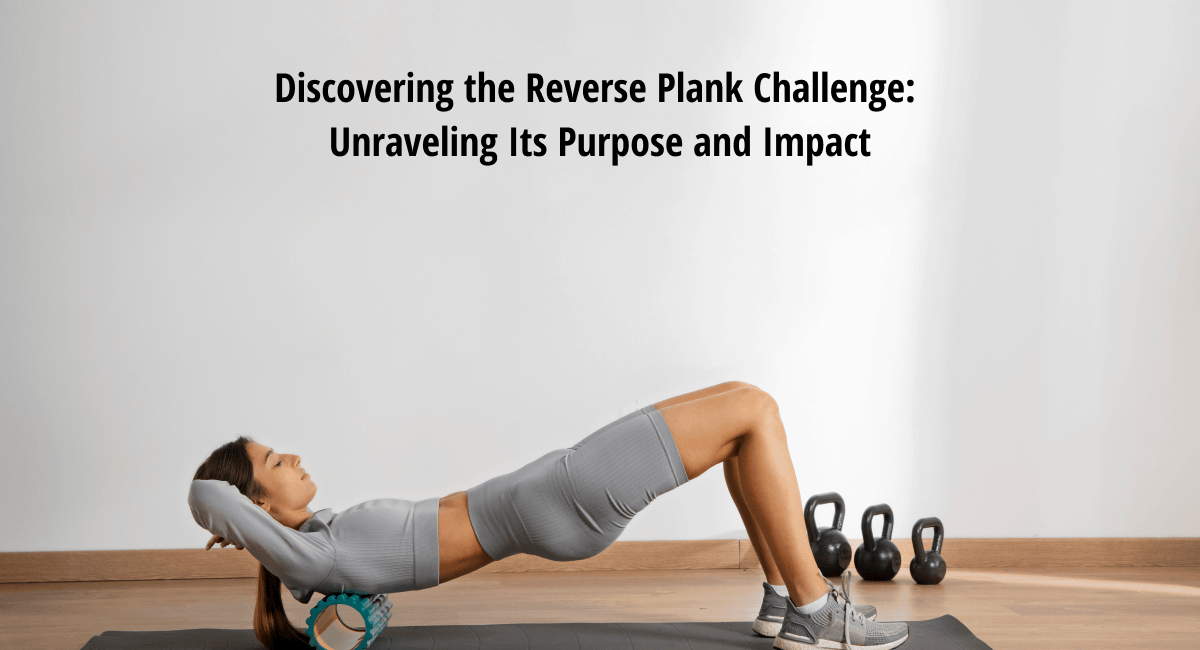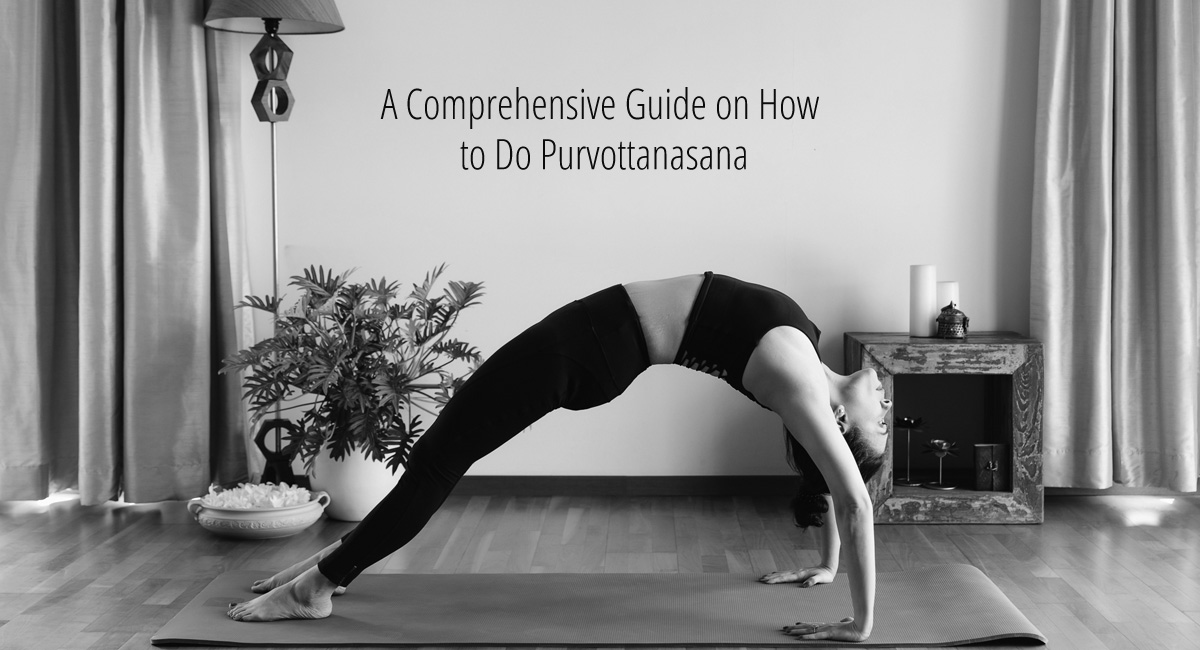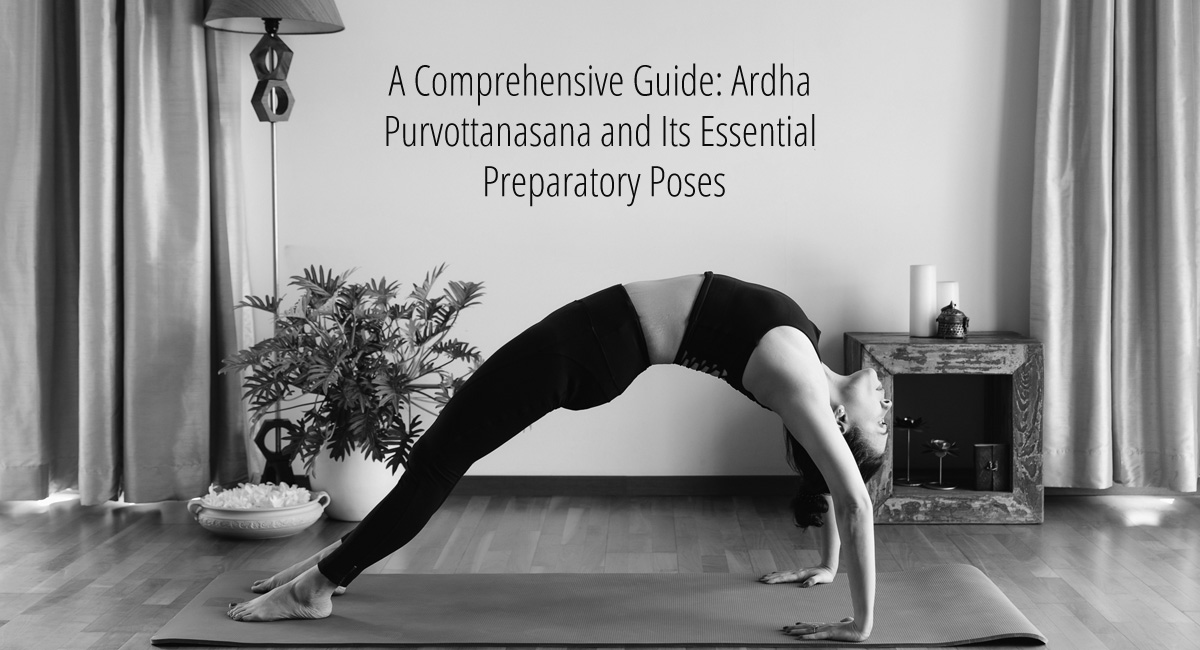
Types of Yoga: How to Choose the Right Kind for You
Table of Contents
What Is Yoga?
Yoga is being practiced by millions of people around the world. The word ‘Yoga’ in the simplest term means union, a union between your mind, body and soul. This practice helps you with being in the moment, brings you to reality and connects you to a path that makes you feel complete.
Sadhguru says, “Essentially in the tradition, once we attach the word “Yoga” to anything, it indicates that it is a complete path by itself.” Yoga helps us overcome our sufferings from within, takes us to a path of self-realization, health & harmony go hand-in-hand, and achieve mastery over our destiny.
Different Types Of Yoga And Their Benefits
There are a variety of forms and types while practising yoga. Whichever you chose to practice in your daily routine, you will see benefits eventually. No practice show results overnight, one has to be consistent and patient. The whole purpose of yoga practice is to make you feel alive, calm, relaxed and away from mental & physical illnesses. There are no right or wrong yoga practices, choose one that suits you the best, makes you feel comfortable and connect you the most with you.
Here we have listed a guide to 13 types of yoga practices & their benefits that you can choose from.
1. Yoga Name: Hatha
‘Ha’ represents the sun, and ‘tha’ the moon. Hatha yoga is a combination of breathing techniques, meditation, hand gestures, body postures, and cleansing techniques that will help you revitalize both mind & body. This practice leans more towards modern styles. Hatha – a Sanskrit word that also means force, which helps in bringing balance from your strength and flexibility or physical and mental energy. This form follows a traditional practice and can pass off for beginners as it is a slow paced class. While you follow this practice you can wear Shorts, leggings, or flared yoga pants.
Hatha yoga brings in lots of benefits into our lives, some are – spine and hamstring flexibility, improves depression symptoms, better mobility, improves core strength, improves posture etc. Each class is usually around 60 minutes which is a more alignment-based class that can be practiced by older men/women to improve joint flexibility and mobility.
2. Kundalini Yoga
Kundalini Yoga in Sanskrit translates to “life force energy” or “coiled energy”. The energy that is gathered at the base of the spine brings it up to the seven chakras to the crown of our head. The essential goal of Kundalini yoga is to increase your self-awareness, just like the snake sheds its old skin, humans too need to let go of the baggage and be more of who you are by silencing your mind and unblocking your chakras for the energy to flow freely.
For this practice, you may notice people wearing mostly white symbolizes positivity and increase your aura.
Kundalini yoga is more of spiritual practice; hence it involves mantras (chants) while performing movements and breathing. Some of the benefits people gain through this practice is – spiritual alignment, relief from stress and anxiety, increases happy hormones in your body, improves focus and memory.
3. Vinyasa
Vinyasa flow allows your body to move continuously with your breath without any break in between poses. Depending on which pose you are going into, the rhythmic flow of this practice can either be at a rapid pace or a slow pace. Vinyasa flows are incorporated with a variety of postures, poses, twists, balances, etc. This type of class is for people who have a very active lifestyle and not for people who have knee pain, shoulder pain, neck strains or chronic pains.
Sweat it out and enjoy the rhythmic patterns of this class with your comfortable fitted leggings that will help you move with ease.
4. Iyengar Yoga
Be it a beginner or an advanced, everyone can enjoy this form of yoga which is practiced by many around the world. Iyengar yoga is named after and developed by B.K.S. Iyengar was a direct disciple of T. Krishnamacharya. Iyangar is also a form of Hatha Yoga with slower movements with a combination of asanas, & parnayama.
Alignment, sequencing and timing are the 3 main parts of this practice. With the help of certain props like blocks, chairs, belts, and blankets, etc the asanas are performed with your teacher or guru’s supervision. People who practice iyengar are bound to experience the release of emotional tension, increased focus and concentration, clarity to all parts of the body and mind, and improve psychological health.
5. Bikram Yoga Aka Hot Yoga
Bikram yoga or hot yoga is performed in a heated environment with at least 40 degrees Celsius. The exercises performed in this room feel more intense due to the heat which helps improve blood circulation and detoxifies the body. The yoga instructor must be a Bikram-certified instructor to conduct these classes. A person who suffers from sore joints must take these classes as the poses are evenly paced and low-impact. On the other hand, people with high blood pressure or cardiovascular issues must refrain from attending hot yoga. Many people wear as little clothing as possible while attending these classes.
If performed correctly, one can boost their heart, lungs, and muscles, nourish the skin as you sweat it all out, build bone density, and burn calories.
6. Power Yoga
If you are someone who is looking at building strength and endurance, then power yoga seems like the right choice. Power yoga is all about moving and working on full body work out than following spiritual and traditional practices. You can describe power yoga as another version of Vinyasa yoga where you make your body move and do various poses. So, if you are used to following slow-paced yoga, then power yoga will not be the perfect choice for you. Some of the poses that one will witness in power yoga sessions are – chaturanga (low plank), high plank, cobra pose, one-legged dog, downward facing dog, etc. Incorporating this in your routine will help you build strength, work on your belly fat, will boost overall health and stamina, and also reduce stress.
Get yourself familiarized with these poses before jumping into a power yoga class as it can be intense. If you are someone who has been in the journey of yoga for a while and has already built strength, then power yoga classes will be really good for you. Wearing well fir clothes are essential too when attending a power yoga class as you don’t want to end up adjusting your outfit every time you do an inverted pose. Power Yoga is bound for creating the utmost level of energy, strength, and independence. Look for yoga teachers who have good experience and will guide you through the journey well.
7. Sivananda Yoga
Dive into the classical and spiritual teachings of yoga by practicing Sivananda Yoga where you will promote physical, mental and spiritual health through the teachings. Sivananda is also a form of Hatha yoga based on the teachings. If you are looking at a more relaxing class that involves a lot of breathing and basic asanas, then this yoga is the perfect choice for you. You could be of any age group, and still, take up this practice and follow it daily. If you’re new to yoga, Sivananda is a great place to start with. Practicing this will help you stay very calm, have control over your breath, and relax. Along with meditating, breathing and having control over your mind and body, diet also plays an equally important role here. One recommended way of achieving this diet is following a vegetarian diet or plant-based diet.
Being in non-restrictive attire is essential for Sivananda yoga as you want to be able to move in any way the poses demand.
8. Prenatal Yoga
You’re having a baby? Congratulations! You must be – thrilled, petrified, joyful, and weighed down – all at the same time. Opting for a holistic approach towards health is vital at this stage until you deliver. Just like other types of pre-pregnancy classes, prenatal yoga is a versatile approach to do exercises that influence stretching, mental centring and focused breathing.
A slow, low impact, fun, and relaxing yoga session will really help you throughout this journey and even post-delivery. Many articles and research recommend prenatal yoga as a very safe and healthy approach for childbirth. Along with making the process easy, it also offers immense health benefits like – increase the strength, flexibility and endurance of muscles needed for delivery, reducing lower back pain, shortness of breath, nausea, reducing stress & anxiety, improving sleep, and so much more.
Make sure you are in the most comfortable attire for yoga sessions. Opt for a trainer who has had experience in prenatal yoga.
9. Restorative Yoga
Ever heard of Restorative Yoga? If not, then let us explain to you. Restorative yoga is soothing, healing, uplifting, and relaxing your mental & physical health. Very gentle style yoga is perfect for someone who likes the slow pace, unlike vinyasa or Bikram yoga.
Restorative yoga is a practice of passive healing that “restores” the body with deeper breathing, reduces blood pressure, and produces a feeling of calm. This form of yoga ensures you use props like bolster, blocks or blankets that help you stay in a particular pose for a longer duration. Key benefits of Restorative yoga are – enhances your mood, improves the nervous system, induces better sleep, relaxes your mind and body, and eases chronic pain. This practice is safe and gentle for most people.
10. Aerial Yoga
Aerial yoga has become very popular worldwide. Before you opt for these classes, you must first understand how these sessions take place. This form of yoga is performed with a silk hammock or sling that is suspended from the ceiling to perform those movements. This practice can definitely be demanding and your body might need some time to adjust to these poses. These sessions are surely fun which involves a lot of playing around in acrobatics, flipping, gymnastic activities, etc.
Aerial yoga demands you to wear the right gear or outfit while performing these sessions. You must wear tight fitting pants or leggings, a sports bra or a tight fitted t-shirt, or a long sleeve t-shirt. Leave all your accessories at home as it requires you to get a good grip using your hands and you don’t want your rings etc to interrupt the practice. Once you have mastered the poses and you make this a part of your regular workout routine, then you are bound to expect to be flexible, promotes good blood circulation, boosts confidence and improve core strength.
11. Acro yoga
Acro yoga is a partner workout where one stays at the base and the other elevates to create various postures and transitions. Trust is the most common factor here as it requires 2 to perform these poses. Once you trust your partner, you automatically let your body flow and move in directions. There is no age limit or weight limit to perform this kind of yoga. If you are new to this form, always go slow and steady. Don’t directly try to lift a person heavier than you.
This practice helps you build immense strength and flexibility and non-verbal and verbal communication. It encourages your journey towards the art of giving and receiving.
Couples or friends who want to build trust and intimacy or anyone who enjoys a duo workout, then these sessions will be fun.
12. Yin Yoga
Yang is a fast-paced yoga and yin is the opposite of it. A slow-paced and more meditative practice defines best for yin yoga. Yin yoga targets your deep connective tissues, like your fascia, ligaments, joints, and bones. A lot of muscle or tissues are not used on regular basis, but with the help of yin yoga, you stretch and open the unused muscles while you breathe.
The beauty of this practice is to hold poses for a longer period of time to access the deeper tissues. This practice can be performed anywhere in a non-heated room. Each pose must be given a good hold of 2-5 minutes if you are new to the practice. Breathe as you perform this, as it helps you to stay focused. If you are someone who is going through any chronic pain or injuries, then yin yoga will help you in many ways.
13. Ashtahanga
In Sanskrit “Ashta means eight and “Anga” is limbs hence it means “eight-limbed yoga” which consists of –
Yama [moral codes]
Niyama [self-purification and study]
Asana [posture]
Pranayama [breath control]
Pratyahara [sense control]
Dharana [concentration]
Dhyana [meditation]
Samadhi [absorption into the Universal]
There is a total of five Ashtanga asana series and every student who takes up this practice must master every pose of the first series before moving on to the next series. This form of yoga is intense and tough which ideally may be difficult for beginners.
Ashtanga yoga practice helps us in the purification of our body and mind. With regular yoga practice we are forced to stay more focused, which helps us manage stress better, inner peace, strength and flexibility. Every part of our body is put to use while doing Ashtanga yoga. If you like challenges and have the patient to perform this every day, then this class is made for you.
How to Choose The Right Type of Yoga For You
Now that you have read the various types of yoga, you will have a better understanding of which one will suit you the best. Do consider your health conditions and choose wisely. No matter what you choose, you will see the benefits from it if you practice regularly or daily. To master any pose or asana, you must have patients and you must give it time.
If you want to learn yoga, be it beginner or advanced, you can stay up to date with our website that conducts regular yoga workshops that will benefit each and every one.
Mrunal Pawar has been teaching yoga for over 15 + years and is a certified instructor. Her yoga sessions are very relaxing and calming. Want to be a part of the next yoga workshop, simple click on the link join yoga classes online.

I am a Pune based artist, Kathak dancer, Dance Movement Therapist, and an avid Yoga practitioner/ teacher. I am also the Director at the Sakal Media Group, a Trustee of Pune Blind School and Nirdhar Trust.
Being a part of Sakal Media Group, with its strong foundation of service and ethical journalism, I am deeply committed in making this world a better place by pushing boundaries, giving opportunities to others, following my convictions, helping others make better choices and to tell powerful stories that will help reshape the world we live in.





